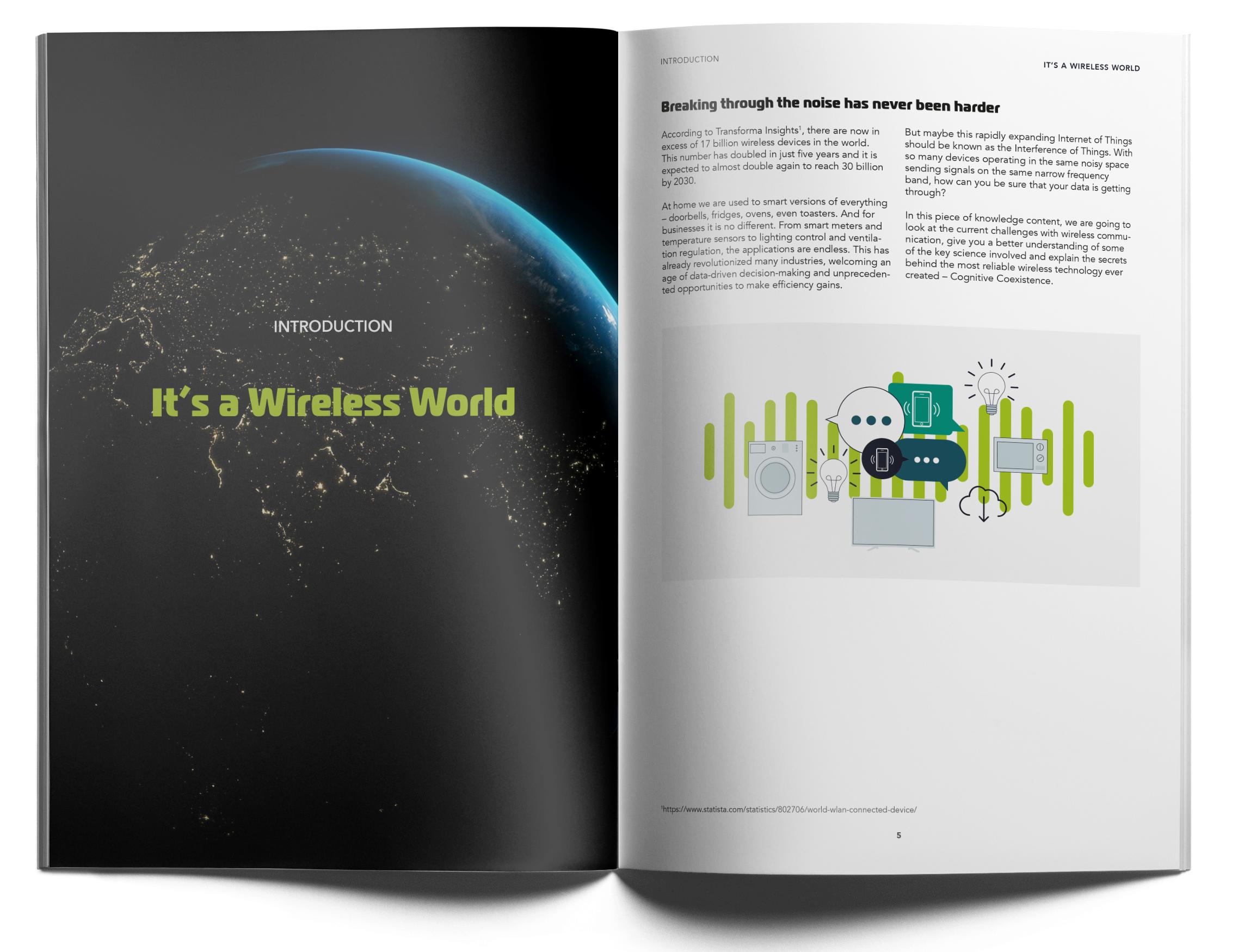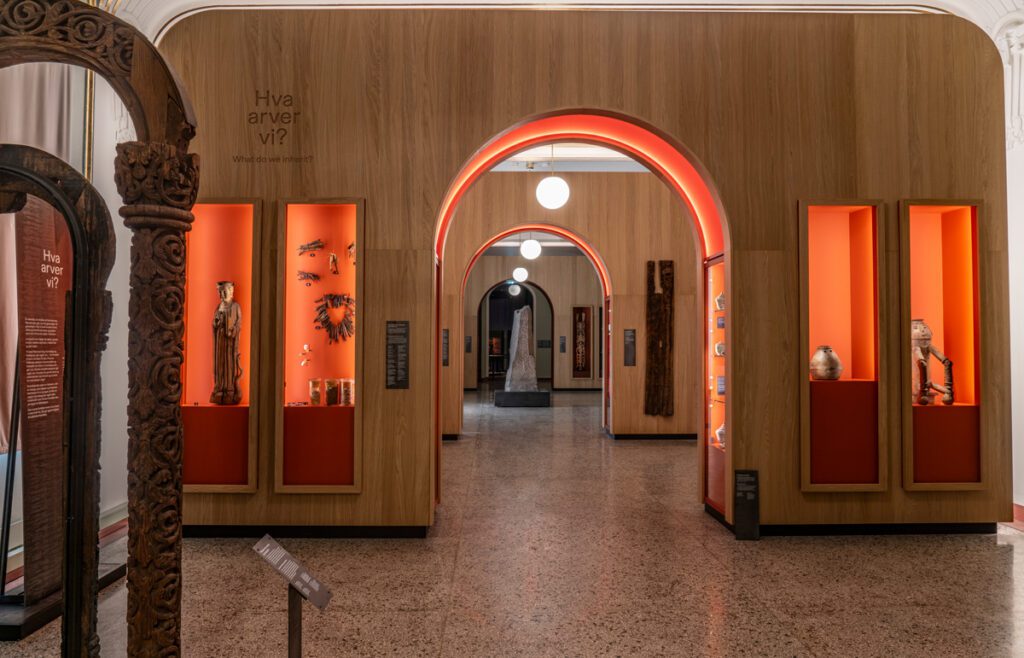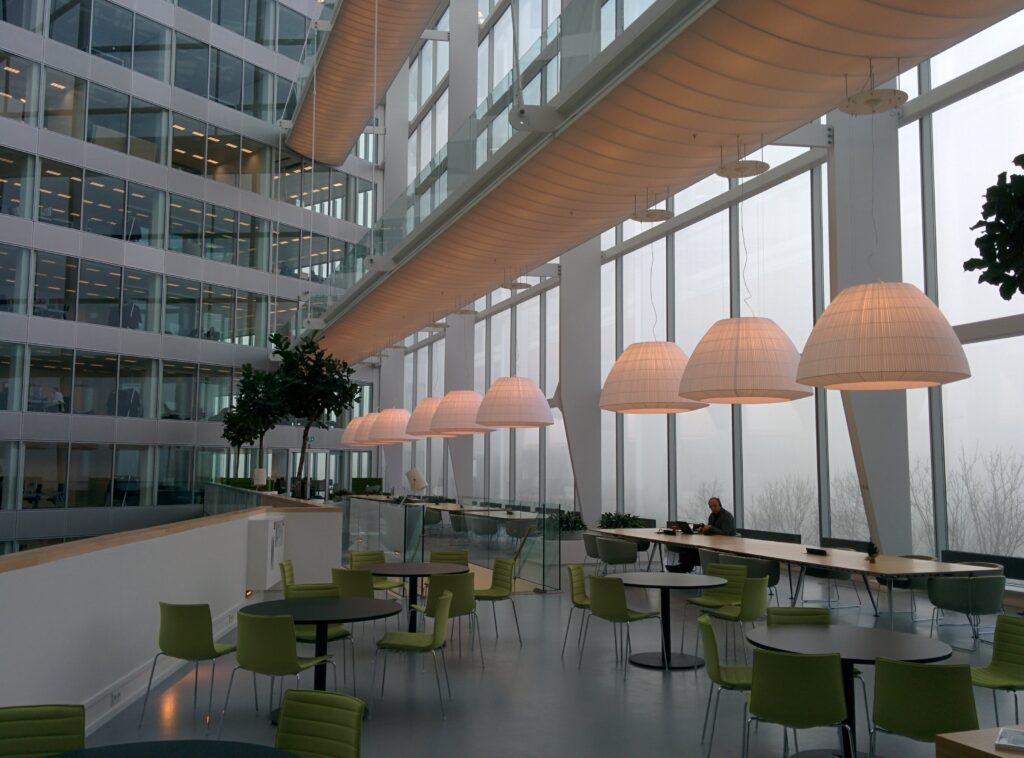How wireless lighting control is transforming new and retrofit installations of all sizes
Wireless lighting control has evolved beyond its ‘niche’ status, offering substantial savings in installation costs, complexity, labor and maintenance compared to traditional wired systems. Advantages that are too significant to overlook.
LumenRadio’s unique and patented tech has eliminated any reliability concerns, providing wireless control solutions as dependable and scalable as wired systems. With benefits clearer than ever, there has never been a better time to make the switch from wired to wireless.
Here, we highlight three compelling use cases that demonstrate the transformative impact of wireless lighting control in heritage buildings, retrofits for buildings of all sizes and large-scale new construction projects.
1. Heritage and protected buildings

Many heritage and listed buildings, such as churches, museums, and historical monuments, are missing out on the energy savings and operational ease that come with modern lighting control systems. As a result, these iconic sites may not achieve the full potential of ambiance, impact and experience they could be offering to their visitors.
The primary obstacle? Strict planning protections and a natural reluctance to drill into historical walls for new wiring. In some cases, older buildings have visible surface-mounted wiring, which detracts from both safety and aesthetics.
These historical sites are far from being energy-efficient by today’s standards, putting their operators in a difficult position: they need energy-efficient lighting solutions that also respect the building’s architectural integrity.
There is, however, a ready-made, lighting control solution to this problem that many contractors and electricians may not be fully aware of: to go completely wireless.
LumenRadio’s W-DALI technology is a perfect alternative to traditional DALI wiring, delivering the reliability and scalability of wired installations without the need for drilling, wall alterations or running extensive and increasingly expensive new cabling.

W-DALI establishes a wireless connection between the DALI controller and each fixture. This approach eliminates the need for traditional DALI cabling from a central control box to each luminaire, simplifying installations by making them as easy as “click, click and done”, regardless of the number of fixtures. Additionally, W-DALI works seamlessly with existing mains power, further reducing the complexity and cost typically associated with rewiring.
In many heritage buildings, wireless is the only option to avoid damaging historical walls, with the added benefit that installations can often be completed in just a day or two.
2. Retrofits of all sizes
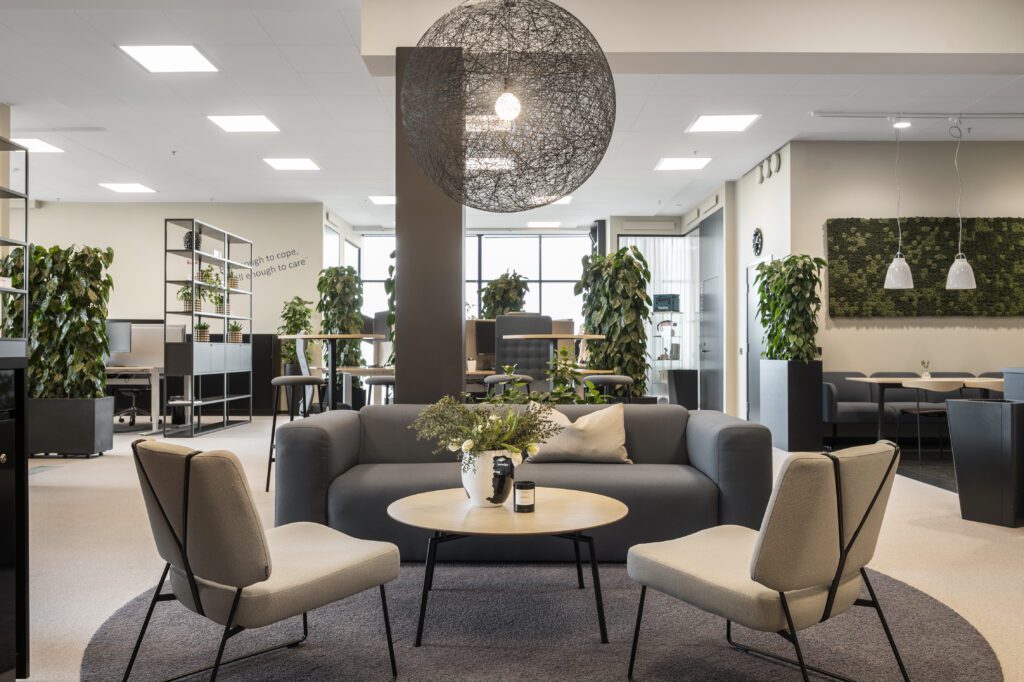
Driven by energy-savings mandates, including the European Energy Directive and the EU ban on fluorescent lamps, many buildings are engaged in or planning to implement lighting retrofit projects.
More than half the costs associated with retrofitting a wired lighting control system upgrade, whether indoors or outdoors, are labor-related.
This includes removing old fixtures and power cables, installing new DALI cables, assembling new fixtures with DALI controllers and performing the final DALI programming. Additionally, damage to surrounding surfaces is common, often leading to costly replastering and repainting. The larger the retrofit, the higher the costs.
In contrast, a wireless installation is streamlined and efficient, requiring no recabling. The process has just three steps: removing old fixtures (while keeping power cables in place), installing new luminaires with DALI controllers and wireless control units, and completing the DALI programming.
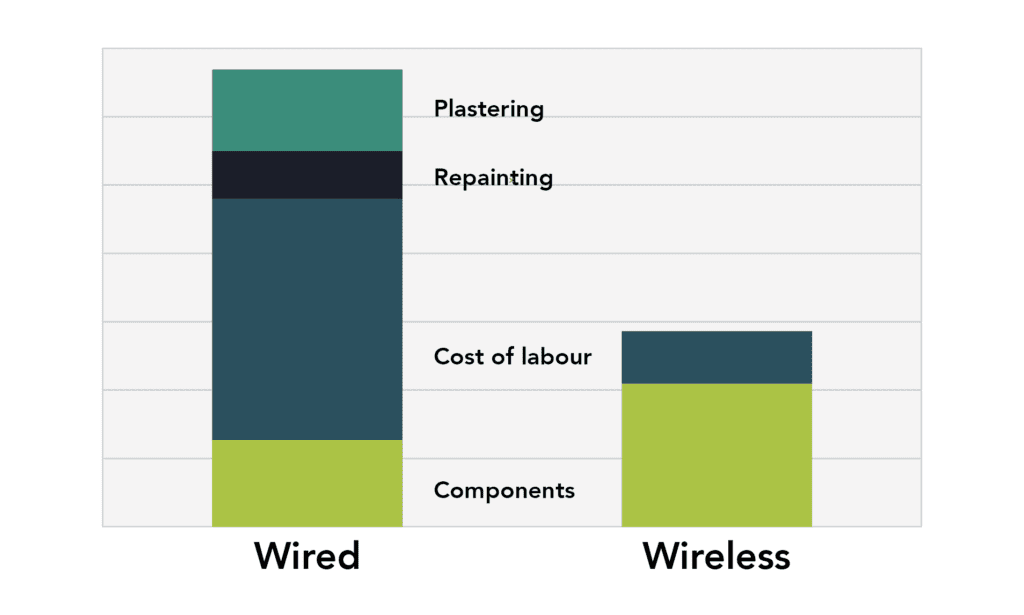
This approach not only reduces costs, but also provides greater flexibility for developers, allowing them to meet planning requirements with greater ease. Wireless installations can also be completed significantly faster, enabling multiple projects to be commissioned in the time it previously took to finish just one wired retrofit.
Another key advantage of a wireless lighting retrofit is that it can be completed room by room, allowing a building to remain fully operational throughout the process. This eliminates the need for floor or building-wide shutdowns, keeping disruptions to a minimum.
This is particularly important for continuous operation buildings such as schools, hospitals, hotels and prisons. Here the disruption of a full wired lighting retrofit can be very challenging to accommodate.
3. Large scale new builds

In large-scale new constructions, lighting control traditionally requires the installation of kilometers of cabling – an extensive, time-consuming task that a wireless solution like W-DALI eliminates.
By removing the need for wired cabling, wireless control can substantially reduce one of the biggest costs in installation: labor. This not only boosts profit margins for installers but also significantly cuts down the time required to complete the lighting portion of the project.
Large-scale new builds are also complex, which means dealing with unforeseen changes along the way is both normal and common. Here the flexibility of wireless installations makes it easier – and more cost-effective – to adapt to inevitable adjustments throughout the project.
W-DALI provides all the functionality of a DALI system – just without the cables. While the initial component costs of a wireless system may be slightly higher, these are more than offset by reduced installation labor costs plus lower ongoing maintenance costs due to dramatically simplified troubleshooting.
Electrical maintenance teams are all too familiar with the challenge: when a fault develops in a wired system, pinpointing the exact location often requires a time-consuming manual testing and inspecting process through individual rooms, light switches and luminaires.
With wireless lighting control, there’s no need for lengthy investigations to locate wiring issues. Building managers can remotely monitor and verify the status of each lighting controller. This means if a fault develops, it can be pinpointed with precision and quickly repaired, minimizing downtime and maintenance costs.
The bigger the new build, or indeed retrofit installation, the larger the ongoing troubleshooting savings achieved by leveraging a wireless lighting control system.
Lighting installations are built to last for decades, during which requirements and needs are bound to evolve. If a building’s layout needs to be modified – whether through expansion or reconfiguration – the W-DALI wireless network can be easily adapted to accommodate these changes, regardless of their scope. This flexibility ensures that the lighting system remains future-proofed, continuing to minimize disruption and cost over time.



